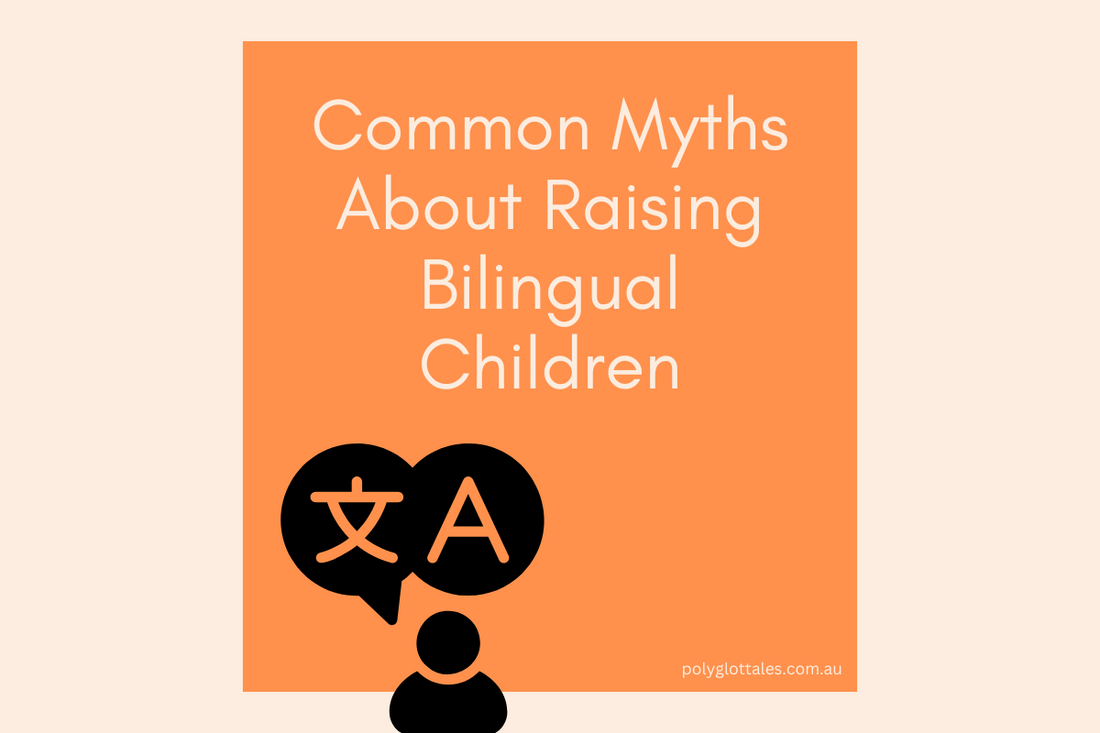Raising bilingual children can be an incredibly rewarding journey, but it’s not without its fair share of misconceptions. Whether you’re part of a bilingual family or considering introducing a second language to your child, it’s important to separate fact from fiction. Here are some of the most common myths about raising bilingual children and the truths behind them.
Myth 1: Bilingualism Confuses Children
One of the most persistent myths is that learning two languages will confuse children or delay their language development. Research has consistently debunked this idea. While bilingual children might occasionally mix languages (a natural process called code-switching), this is not a sign of confusion. Instead, it demonstrates their ability to navigate between two linguistic systems. In fact, studies show that bilingualism can enhance cognitive flexibility, problem-solving skills, and creativity.
Myth 2: You Need to Be Fluent in Both Languages to Raise a Bilingual Child
Parents often worry that their own lack of fluency in one language will hinder their child’s bilingual development. However, you don’t need to be perfectly fluent to introduce a second language. Many parents choose to learn alongside their children, using tools like books, songs, apps, and language classes. Additionally, involving community resources such as language playgroups or tutors can provide extra support.
Myth 3: Children Will Automatically Become Bilingual If Exposed to Two Languages
While exposure to two languages is crucial, it’s not a guarantee of bilingualism. Consistency and meaningful interaction are key. Children need regular, engaging opportunities to use both languages in various contexts. For example, speaking one language at home and another at school, or dedicating certain times of the day to each language, can help reinforce their skills.
Myth 4: Bilingual Children Will Always Be Equally Proficient in Both Languages
Bilingualism exists on a spectrum, and it’s rare for someone to have identical proficiency in two languages. A child’s proficiency may vary based on factors such as the amount of exposure, the contexts in which they use each language, and their personal interest. This is perfectly normal and doesn’t diminish the cognitive or cultural benefits of being bilingual.
Myth 5: Learning Two Languages Slows Down Academic Progress
Some parents fear that bilingual children may struggle academically due to the added cognitive load of learning two languages. However, research suggests that bilingualism can actually enhance academic performance. Bilingual children often develop stronger executive functioning skills, such as attention control and multitasking, which can translate into better academic outcomes.
Myth 6: It’s Too Late to Start Teaching a Second Language
While early childhood is a prime time for language acquisition due to the brain’s plasticity, it’s never too late to introduce a second language. Older children and even adults can become proficient in a new language with motivation and consistent practice. For families with older children, finding age-appropriate resources and activities can make the learning process enjoyable.
Myth 7: Bilingualism Leads to a Loss of Cultural Identity
On the contrary, raising bilingual children often strengthens their connection to their cultural heritage. Knowing multiple languages allows children to communicate with extended family members, participate in cultural traditions, and develop a deeper understanding of their roots. It also fosters an appreciation for diversity and global perspectives.
Raising bilingual children is a valuable investment in their future, offering cognitive, cultural, and social benefits. While myths and misconceptions abound, understanding the realities of bilingualism can help you make informed decisions and support your child’s linguistic journey. Remember, every family’s bilingual experience is unique, and there’s no one-size-fits-all approach. Embrace the process, celebrate progress, and enjoy the rich rewards of raising a bilingual child.

